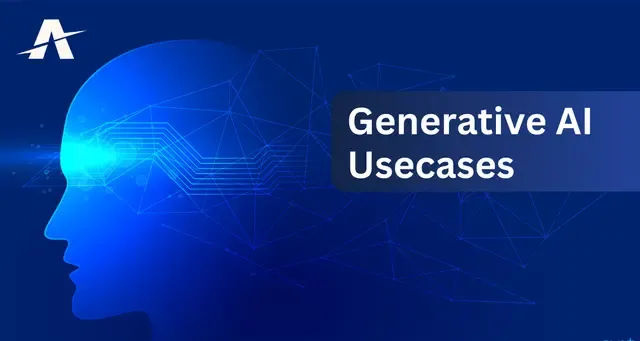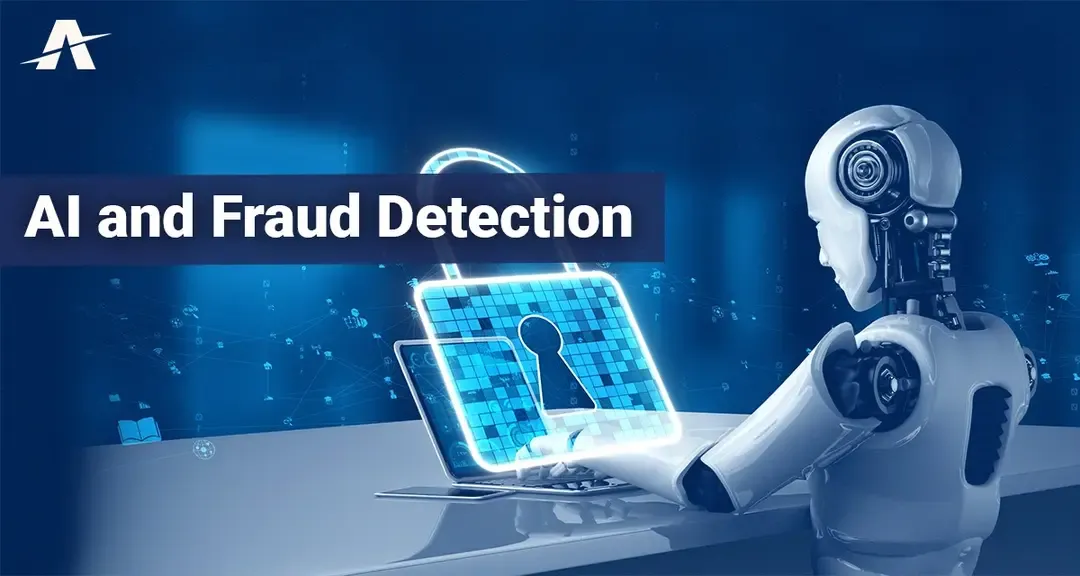
The year 2024 is a landmark in the world of computer vision, a field that enables machines to interpret and understand visual data. From healthcare to autonomous vehicles, computer vision is pushing the boundaries of what technology can achieve. In this blog, we'll delve into the top 10 breakthrough technologies that are reshaping industries and paving the way for future innovation.
1. Real-Time Object Detection with YOLOv9
Real-time object detection is one of the most crucial aspects of computer vision, and the YOLO (You Only Look Once) model has been at the forefront of this innovation. YOLOv9, the latest iteration, continues to improve upon its predecessors by offering faster and more accurate object detection. This is particularly valuable in applications like autonomous vehicles, where the ability to detect and respond to objects in real-time can mean the difference between a safe journey and a potential accident.
Key Applications:
Autonomous Vehicles: YOLOv9 helps vehicles identify and navigate around obstacles, pedestrians, and other vehicles in real-time.
Surveillance: In security systems, YOLOv9 allows for the quick detection of suspicious activities, enhancing public safety.
Robotics: In manufacturing and logistics, robots equipped with YOLOv9 can efficiently navigate environments, avoiding obstacles and optimizing workflows.
Real-World Example:
Tesla's Autopilot System: Tesla uses a variation of the YOLO model to detect and respond to objects on the road, making their autonomous driving system one of the most advanced in the industry.
2. 3D Vision and Reconstruction
The ability to capture and analyze 3D images is revolutionizing industries such as architecture, gaming, and healthcare. 3D computer vision involves creating a three-dimensional representation of objects from 2D images, allowing for a more comprehensive understanding of spatial relationships. Technologies like stereoscopic imaging and lidar sensors are essential components of this advancement.
Key Applications:
Healthcare: 3D vision is used to create detailed models of organs and tissues, aiding in diagnostics and surgical planning.
Architecture: Architects can create accurate 3D models of buildings, improving the design process and reducing errors during construction.
Gaming: In gaming, 3D vision enhances the realism of virtual environments, providing a more immersive experience for players.
Real-World Example:
Google's ARCore and Apple's ARKit: These platforms enable developers to create augmented reality applications that accurately map 3D objects onto real-world environments, enhancing user interactions with virtual content.
3. Synthetic Data Generation for Training
One of the biggest challenges in training computer vision models is obtaining large datasets of labeled images. Synthetic data generation offers a solution by using generative AI to create realistic images that can be used for training purposes. This approach not only reduces the cost and time associated with data collection but also addresses privacy concerns, particularly in sensitive fields like healthcare.
Key Applications:
Healthcare: Synthetic data can be used to train models for medical imaging without compromising patient privacy.
Autonomous Vehicles: In scenarios where real-world data is scarce or dangerous to collect (e.g., extreme weather conditions), synthetic data can simulate these environments for training purposes.
Retail: Synthetic data can be used to train models for inventory management and customer behavior analysis.
Real-World Example:
NVIDIA's Omniverse Replicator: This tool generates synthetic data for training AI models, particularly in industries like autonomous vehicles and robotics, where real-world data is limited or expensive to collect.
4. Edge AI for Computer Vision
The shift towards Edge AI—processing data on devices rather than in the cloud—is transforming computer vision by reducing latency and improving privacy. Edge AI enables real-time processing, making it ideal for applications in remote or resource-constrained environments.
Key Applications:
Autonomous Drones: Drones can process visual data on the edge, allowing for real-time navigation and object detection without relying on cloud connectivity.
Smart Cameras: In surveillance, edge AI enables cameras to process and analyze video feeds locally, reducing the need for constant data transmission to central servers.
Wearable Devices: Devices like smart glasses and fitness trackers can process visual data on the edge, providing users with instant feedback and insights.
Real-World Example:
NVIDIA Jetson Nano: A powerful edge AI platform that allows developers to build real-time computer vision applications, particularly in robotics and IoT.
5. Multimodal Vision Systems
Multimodal AI represents a significant advancement in computer vision, as it allows systems to integrate and analyze data from multiple sources, such as images, text, and audio. By combining these different data types, multimodal systems can achieve a more comprehensive understanding of visual scenes, leading to more accurate and context-aware AI models.
Key Applications:
Healthcare: Multimodal AI can combine visual data from medical images with patient records and other data sources to provide more accurate diagnoses.
Autonomous Vehicles: In addition to visual data, multimodal AI can process data from sensors like lidar and radar to enhance decision-making.
Smart Assistants: Virtual assistants can combine visual data with voice input to provide more accurate and contextually relevant responses.
Real-World Example:
OpenAI's CLIP Model: CLIP (Contrastive Language-Image Pretraining) integrates image and text data, enabling AI to better understand and categorize visual content based on contextual information.
6. Federated Learning for Privacy-Preserving Vision
Federated learning is a decentralized approach to training AI models, allowing multiple devices to collaborate on model training without sharing raw data. This method is particularly valuable in computer vision applications where data privacy is a concern, such as in healthcare or finance.
Key Applications:
Healthcare: Federated learning allows hospitals to collaborate on AI model training without sharing sensitive patient data.
Finance: Banks can use federated learning to improve fraud detection models without sharing customer data.
Smart Cities: Federated learning can be used in smart city initiatives to analyze data from various sources while maintaining privacy.
Real-World Example:
Google's Federated Learning for Mobile Phones: Google uses federated learning to improve its predictive text and other AI features on Android devices without compromising user privacy.
7. Advanced Facial Recognition Technologies
Facial recognition technology has seen significant advancements in recent years, with improvements in accuracy, speed, and ethical considerations. Modern systems, such as DeepFace and FaceNet, are capable of real-time facial recognition and are being used in a wide range of applications, from security to personalized marketing.
Key Applications:
Security: Facial recognition is used in airports, banks, and other high-security environments to enhance safety and streamline processes.
Retail: Retailers use facial recognition to personalize customer experiences, such as offering tailored promotions or product recommendations.
Social Media: Platforms like Facebook use facial recognition to automatically tag users in photos, improving user engagement and experience.
Real-World Example:
Clearview AI: A controversial yet powerful facial recognition tool used by law enforcement agencies to identify individuals in real-time from vast databases of images.
8. AI-Powered Image Super-Resolution
Super-resolution technology uses AI to enhance the quality of images by upscaling low-resolution images into high-resolution versions. This is particularly valuable in fields where image clarity is critical, such as satellite imagery, medical imaging, and surveillance.
Key Applications:
Medical Imaging: Super-resolution can enhance the quality of medical scans, making it easier for doctors to detect abnormalities.
Satellite Imagery: Autonomous Vehicles: In environmental monitoring and urban planning, super-resolution can provide more detailed images for analysis.
Surveillance: Enhancing video footage can help law enforcement identify suspects and uncover details that would otherwise be missed.
Real-World Example:
Topaz Labs' Gigapixel AI: A leading tool in the super-resolution space, Gigapixel AI uses deep learning to upscale images, improving detail and resolution.
9. Automated Video Analytics
As video data continues to grow exponentially, the need for automated video analytics becomes increasingly important. AI-powered video analytics systems can process and analyze video feeds in real-time, detecting patterns, anomalies, and important events without human intervention.
Key Applications:
Retail:Automated video analytics can track customer behavior, optimize store layouts, and detect shoplifting in real-time.
Transportation: Traffic management systems use video analytics to monitor traffic flow, detect accidents, and optimize signals.
Security: Video analytics can identify suspicious activities, monitor restricted areas, and trigger alerts when necessary.
Real-World Example:
IBM Watson Visual Recognition: This AI-powered tool offers video analytics capabilities, allowing businesses to extract valuable insights from video data in real-time.
10. Ethical AI in Computer Vision
As computer vision technology advances, the need for ethical AI becomes increasingly important. This involves addressing issues such as bias in AI models, ensuring transparency in decision-making, and respecting privacy rights. Developing ethical frameworks for computer vision applications is crucial for building trust and ensuring that the technology benefits society as a whole.
Key Applications:
Healthcare: Ensuring that AI models used in medical imaging do not inadvertently introduce bias that could affect patient outcomes.
Autonomous Vehicles: Addressing the ethical implications of using facial recognition and other surveillance technologies in policing.
Smart Assistants: Ensuring that AI-driven personalization in advertising respects user privacy and autonomy.
Real-World Example:
IBM's AI Ethics Initiative: IBM has developed a set of ethical guidelines for the development and deployment of AI, including computer vision technologies. These guidelines emphasize the importance of fairness, accountability, and transparency in AI systems.
The future of computer vision is bright, and the breakthroughs of 2024 are just the beginning. By staying informed about the latest trends and innovations, businesses and developers can harness the power of computer vision to create smarter, more efficient, and more ethical systems.












